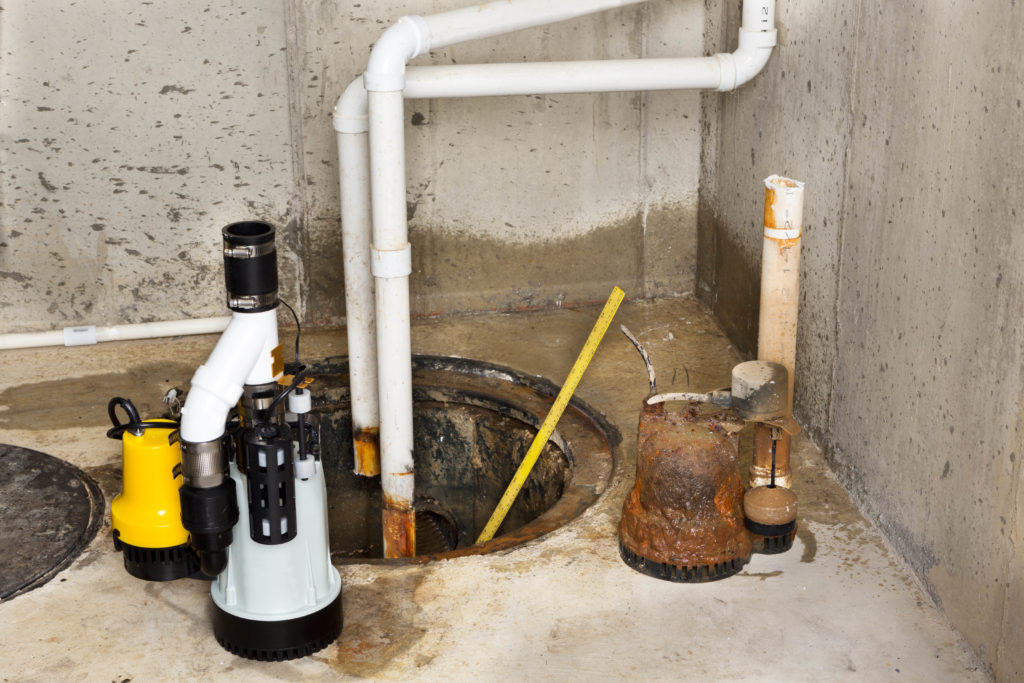Preventing sump pump failures
Spring’s in the air. There’s sun and the temperatures are creeping up on the thermometer. Unfortunately, the snow and ice that’s still around and the inevitable spring showers sometimes bring water claims caused by sump pump failures. Keep reading for some tips to help prevent your sump pump from failing.
• Install a Sump Pump with a Back-up Battery. One of the easiest ways to prevent water damage is having a back-up battery on your sump. If your power goes out, the battery should kick in and get the pump clearing away water and helping to prevent damage.
• Change the battery on your sump pump annually. It’s quite simple really!
• Upgrade your old column sump pump to a submersible one. Submersible pumps have more power and are able to run on battery back-up in the case of a power outage.
• Annually inspect and maintain your sump pump to make sure hoses are not cracked and alarms are working. Time can take a toll on hoses causing cracks and alarms do go. Inspections of pumps will show you if it’s time to replace a part of the pump or battery.
• Test your sump pump to make sure it’s working. A way to test your sump pump is to dump water into your sump pit. This should help make sure the pump is working smoothly and that it shuts off when it should.
• Consider a water sensor alarm. It sits on the ground or low on the wall and notifies you if it senses a leak. That alarm would hopefully lessen the impact of emergency leaks.
Water damage to basements and other parts of your home is never fun. Spending a few minutes reviewing and testing your sump pump could go a long way to preventing April showers from becoming a nightmare.


Leave Comment